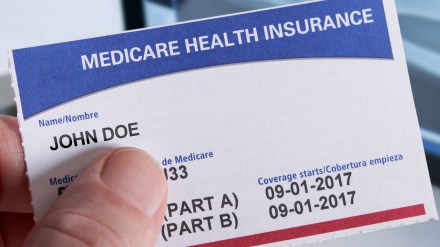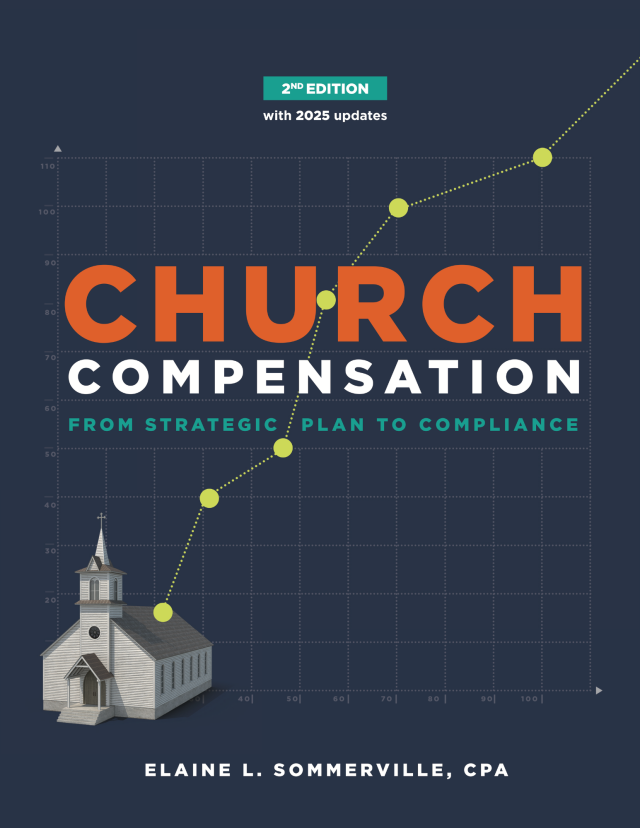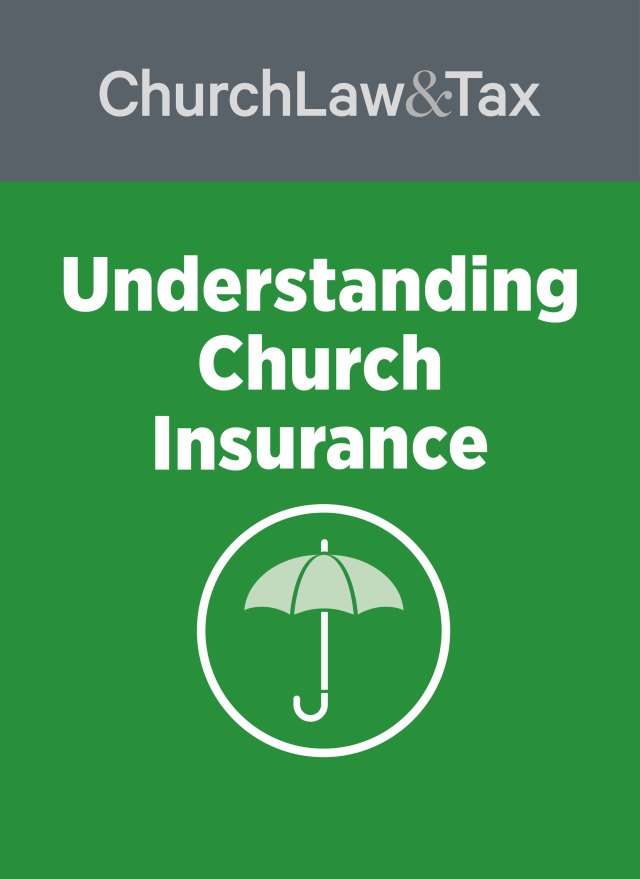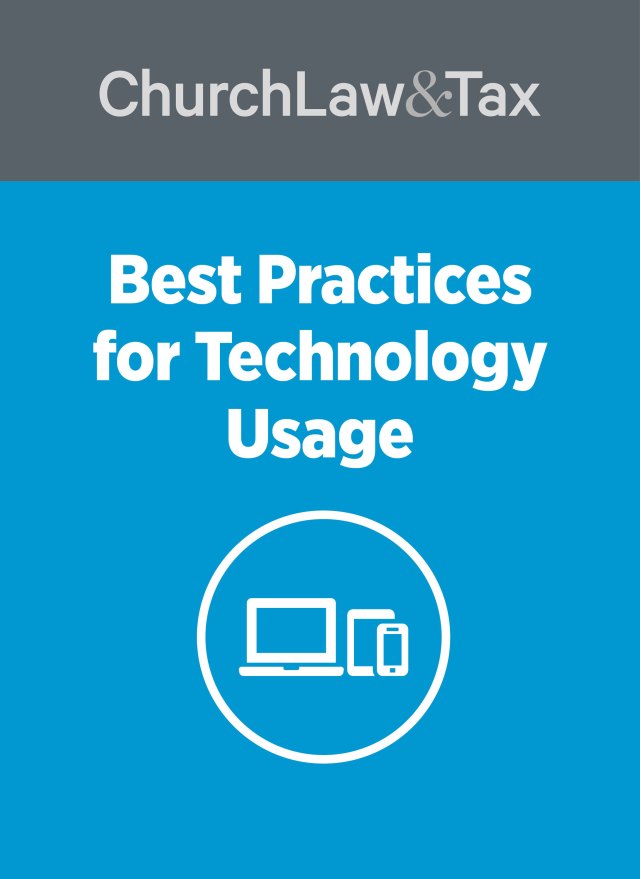Can churches assist with medicare premiums for eliglible employees?
It’s an important question as aging workers stay in the marketplace longer than in past years.
As a result, churches are facing—or will face—the question of how to handle health insurance coverage for employees reaching Medicare eligibility. Upon reaching Medicare eligibility, a person’s health coverage becomes a maze of options for both the employer and the employee.
Churches often desire to encourage an employee to leave a group health-care plan and enroll in Medicare to take advantage of cost savings. Many times, the employee also desires this path because it is less expensive than his or her portion of the cost of the church’s group health-care plan. When discussing Medicare as a health-care option, the topic of the church’s ability to assist with Medicare-related premiums invariably comes up.
While employers may not pay Medicare premiums directly for active employees, they may in some circumstances establish reimbursement plans for the related costs. However, employer assistance with these costs requires great caution and an understanding of multiple, little-known laws.
Navigation of this complex subject is dependent on several factors requiring skilled analysis and well-thought-out planning. The analysis is intricate and easy to misstep. The purpose of this article is to raise awareness of the rules involved and assist a church in knowing when to seek guidance from a benefits professional.
Rules to consider in the analysis
There are two primary sets of rules to consider when deciding whether to assist an employee with Medicare-related premiums and supplemental coverage.
The first is the Affordable Care Act (ACA). Created in 2010, most churches are now accustomed to navigating the ACA’s intricate rules relating to health-care coverage.
The second set of rules, which is not as familiar to church employers, is the Medicare Secondary Payer (MSP) rules.
The ACA and Medicare
Medicare is not a group health-care plan under the ACA, so Medicare reimbursements or payments are considered reimbursements of an individual health insurance plan. Therefore, if a church agrees to pay an employee for Medicare premiums, it is reimbursing an individual health insurance plan. If a church has more than one employee, then the provisions of the ACA kick in, and those provisions generally prohibit the reimbursement of individual health insurance premiums.
In the past few years, two avenues have been approved that allow employers to provide for individual health insurance coverage. These avenues are specific versions of health reimbursement arrangements (HRAs): the Qualified Small Employer Health Reimbursement Arrangement (QSEHRA) or the Individual Coverage Health Reimbursement Arrangement (ICHRA).
Both HRAs have specific qualifications and operating rules. Reimbursing individual health insurance premiums outside of a qualifying HRA creates an employer-paid health plan subject to the ACA’s penalty of $100 per day ($36,500 per year) per employee.
Additional ACA rules apply to employers with 50 or more full-time equivalent employees because they must offer group health insurance to all full-time employees.
Medicare Secondary Payer rules
Outside of the ACA rules, any arrangement involving Medicare and employees must also comply with the MSP rules. No one should be surprised to learn that the government does not approve of employers transferring their insurance responsibilities to the government. MSP rules define when Medicare can be the primary payer versus when the federal government insists that Medicare operate as a secondary payer behind other employer-provided insurance plans covering active employees.
For an employer with 20 or fewer full- or part-time workers that offers group health insurance plans, MSP rules allow greater latitude in working with employees eligible for Medicare. Medicare rules require an employee to enroll in Medicare when eligible and Medicare serves as the primary payer of medical needs.
But the provisions clearly state that employers of 20 or more employees may not actively encourage or compensate employees for exiting their group health plan in favor of Medicare. The employer must offer the same health-care benefits to those 65-and-older employees that they do to employees under 65. A church’s group health plan must be the primary payer and Medicare the secondary payer. While an employee may choose to exit the group health-care plan in favor of a Medicare option, the employer may not compensate or reward the employee for this decision.
Note. An employer meets the 20-or-more-employee requirement when an employer has 20 or more full-time and/or part-time employees for each working day in each of 20 or more calendar weeks in the current or preceding year.
Potential solutions
So, what are a church’s options for employees who desire to enroll in Medicare?
Churches with fewer than 20 employees that offer group health insurance
A church with fewer than 20 full- or part-time employees (as defined above)—and that offers group health insurance not consisting solely of benefits excepted from the ACA rules—may take the following steps:
- establish a group health insurance plan for employees not eligible for Medicare; and
- create an integrated health reimbursement arrangement for those employees enrolled in Medicare Part A and Part B or D that reimburses the premiums the employee pays for Medicare Parts B and/or D only. (This is a specifically authorized method of integrating this type of HRA into an employer’s group health plan.)
Churches with fewer than 50 employees not offering group insurance
A church with no more than 49 full-time equivalent employees and not offering group health insurance may consider establishing an ICHRA or a QSEHRA (see above sidebar). Both types of HRAs may reimburse individual health insurance premiums and the employee’s benefits may be used to pay for Medicare Parts B, C and/or D. However, these plans may not be limited to simply covering Medicare premiums and must comply with nondiscrimination rules.
Churches with 20 or more employees offering group insurance
For employers that offer group coverage and meet the 20-employee rule above, compliance with MSP rules is more challenging. To comply, the health-care options offered to qualifying employees and their spouses (if applicable) may not differ based on whether or not employees are eligible for Medicare. Any HRA must comply with ACA rules. The interplay of these rules makes it difficult—if not impossible—to create a plan providing for the reimbursement of Medicare-related premiums for active employees.
Employer size is the determining factor
In summary, an employee may enroll in Medicare when he or she becomes eligible and may still participate in his or her employer’s group health plan—or choose to leave the employer’s plan.
However, the size of the employer determines which plan provides primary coverage for health expenses and which one provides secondary coverage, and it determines the options available (or not) for the employer to reimburse costs.
Assisting employees with Medicare-related premiums should only be undertaken when a church has actively sought the assistance of a benefits professional skilled in working with these specific rules. Churches and employees may also find assistance through a State Health Insurance Assistance Program (SHIP) that provides free health insurance counseling services. Locate a local SHIP by visiting shiphelp.org or by calling (toll-free) 1-800-633-4227.



